
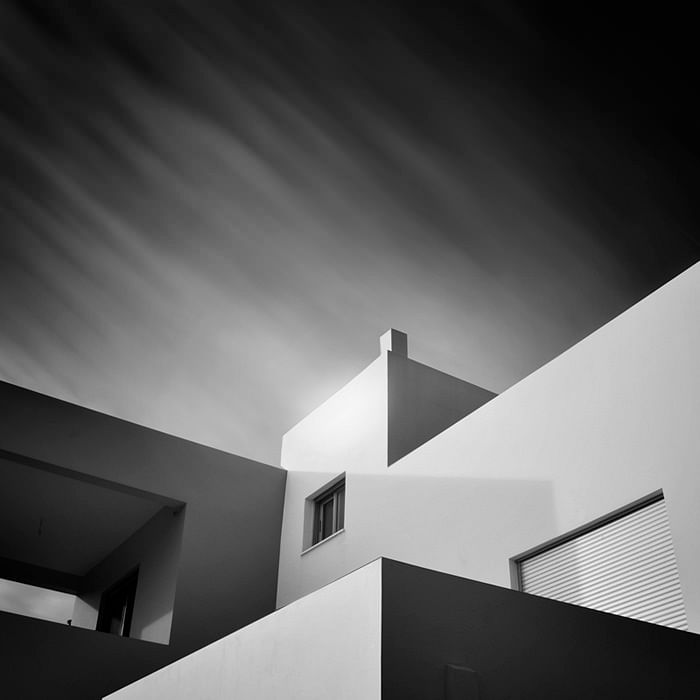
In Focus is Archinect's series of features dedicated to profiling the photographers who help make the work of architects look that much better. What has attracted them to architecture? How do they work? What type of equipment do they use? What do they think about seeing their work in blogs?
In this feature, we talk to Greece-based architect and photographer, Pygmalion Karatzas.
What is your relationship with architecture? What drew you to architecture, as a photographer?
Architecture has been my main occupation since 1999. I studied architecture in Budapest, urban design in Edinburgh, and ecovillage design education in Findhorn. I worked as a freelancer and through collaborations from Greece and abroad.
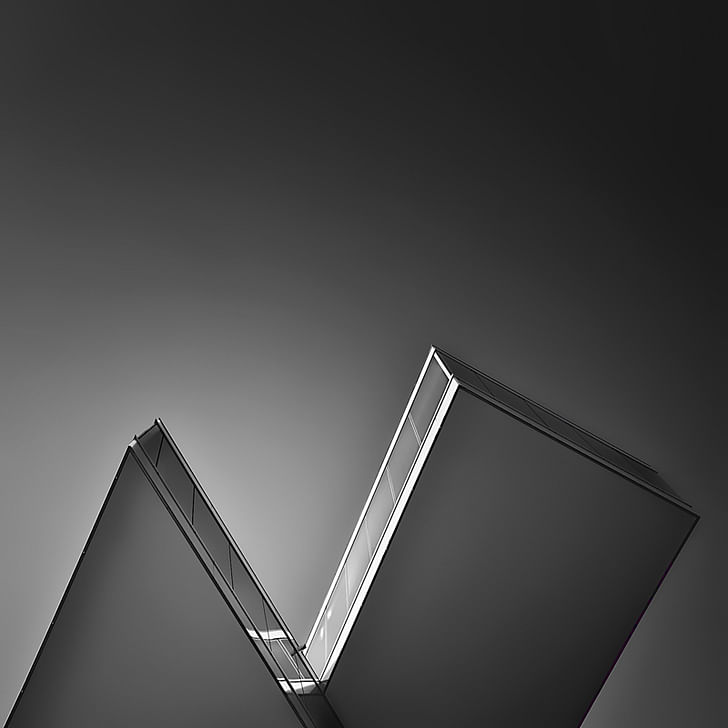
As an architect, since my undergraduate years, I had an inclination to photograph the built environment to document and analyze it or to portray it in interesting and captivating ways. It was my way of bringing attention to design and aesthetics and hopefully expand our awareness and discourse around it. I love architecture, especially the creative and social aspects of it, and observing and studying it has become a second nature for me.
As a photographer and artist I am fascinated by a variety of photographic genres and I try to practice them in parallel, like a cross-training. Each type has a different approach and wearing different hats enriches the individual and his creations. Exploring new locations was something I enjoyed doing as an amateur and during my trips. Focusing on landscapes, the street, urbanism/architecture, or "terrain vague", as a holistic way of capturing the experience of being there.
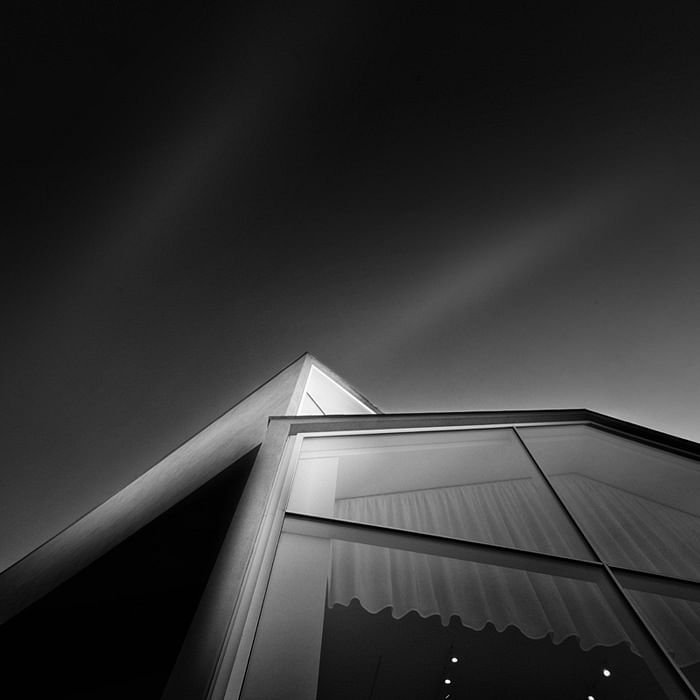
Describe how you work... who are your clients?
How I work depends on the photographic project. In personal projects (like my ‘morphogenesis’ series) it’s a long process of: researching the buildings I want to photograph before I visit the locations, taking the time to explore them up close (and also allowing time to discover scenes I didn’t know about), then editing and post-processing. In some cases there’s also the issue of getting access and shoot permission.
A good photographer can transform the ordinary scenes we see every day around us but don’t pay that much attention, into unique and special imagesIn projects for clients, we discuss the particular story and usage of the images, and specifics of what they have in mind. Each photographer has his own vision and that’s one of the reasons they commission you, but I find it fruitful to hear also from various people involved. The exchange of ideas is beneficial on both sides.
During 2013 I was fortunate to visit Rome, Basel, Frankfurt and Doha to capture some of my favorite contemporary architecture. The goal was to produce strong artistic stand-alone images as well as documenting buildings from an editorial point of view. Figuring out which images make the cut and which not, the sequence for presenting each project, and all the other presentation and communication aspects of photography is an equally interesting and educational endeavor. I have also done some commercial work (interior shoots from businesses, real estate, and corporate/industrial for construction sites), all of which have their particular challenges and I welcome the opportunity, especially the aspect of interacting and collaborating with other creatives to come up with a compelling visual story.
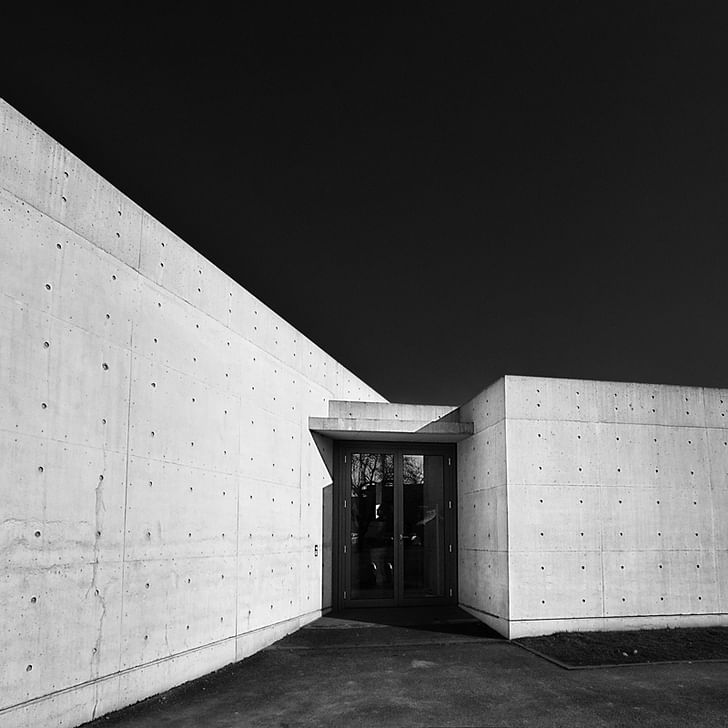

Do you mostly work in a specific region? What is your travel schedule like?
For my personal projects and archive, I combined my travels with photography. Visiting any location in Greece or abroad is an opportunity to discover and capture its architecture, cityscapes, landscapes and street life. This is one additional aspect of photography I like, that it’s flexible and mobile. So far the assignments I’ve gotten have come from the region in Greece where I am based, and from Doha in Qatar. I used to be more inspired when visiting new locations, but a few years ago I started photographing also in my region. I was aware of the saying that a good photographer can transform the ordinary scenes we see every day around us but don’t pay that much attention, into unique and special images, and started practicing that approach. Having said that, the contemporary architecture that interests me more cannot be found in one location, so I try to find the means to visit them as a personal project, or get the opportunity to photograph buildings I admire through commissions.

What is your goal when capturing buildings in photographs?
The underlying goal is to create captivating images with a strong presence, either as a stand alone image or in a narrative/thematic series. Images that will make the viewer pause and for various reasons spend a bit more time noticing them. The combination of content, composition, post-processing, and allowing our personal vision to develop are key components. I am in favor of an integrative approach which covers a variety of perspectives: general captures of a building that highlight it from its most compelling angles, archistracts that emphasize interesting and unique details, sequence of images that narrate the experience of discovering the building and its spaces, context shots with the surrounding, people interacting in and around the buildings, panoramic views and vistas, and fine art impressions that take us beyond the literal and trigger our interior faculties, emotions, and aspirations. I am interested to disseminate knowledge about the built environment, to create a broad interest for ideas traversing traditional boundaries, and to show how architecture creates cultural and economic assets for people, the industry and society at large. I also think part of our work is cultivating a better understanding of this medium for the general public, especially in this era of market over-saturation.
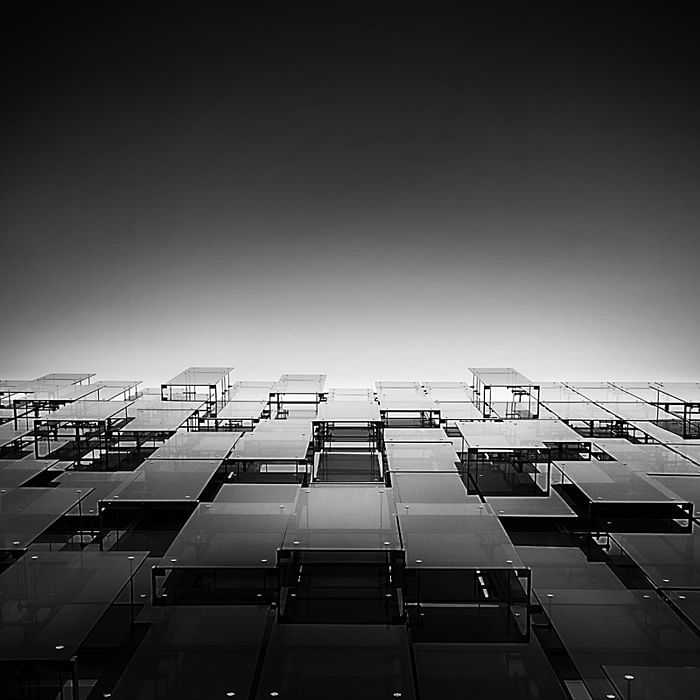

What are your thoughts about including people in your photos? Is it important to photograph a building in use, or by itself?
I think both have their merits and usage. “Including people” is quite generic as there are different ways and reasons for doing it. Using people in an image as figures that give a sense of scale and/or emphasize a perspective, capturing people in their daily environments as they work, rest, play, etc., capturing the ‘decisive moment’, showing how people interact in a given space, making a scene look vibrant with life, are all interesting challenges in photography, but I wouldn’t give a value judgement on one over the other.
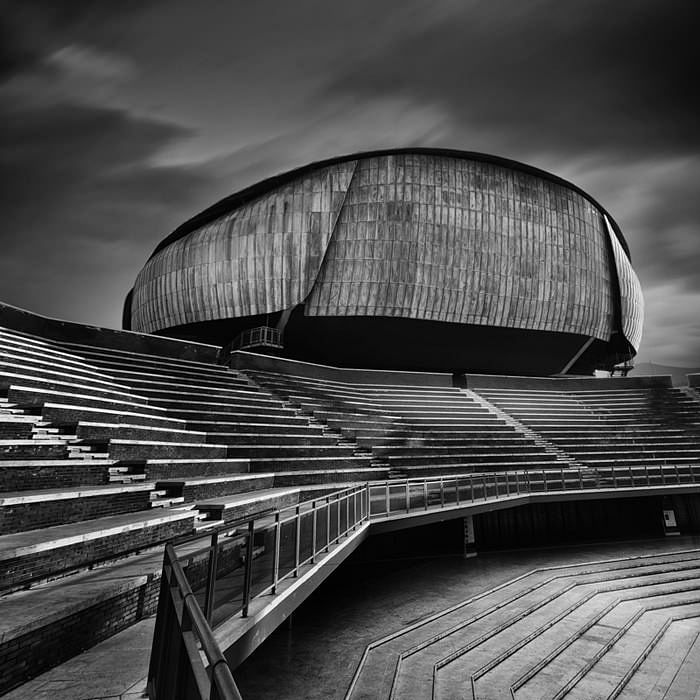
If we think of architectural photography as part of photojournalism, then capturing a building as it is becomes the requirement, and manipulating the setting is “not advised”. If we think of architectural photography as part of fine art, then the conveyed message is the requirement and there are no rules as to how it was created. Julius Shulman famously manipulated the landscaping around buildings to make them look more lush. Michael Wolf in his award-winning ‘architecture of density’ series from Hong Kong captured the high rise residential facades in such a way that even with no people in his images, the message is all about the inhabitants.
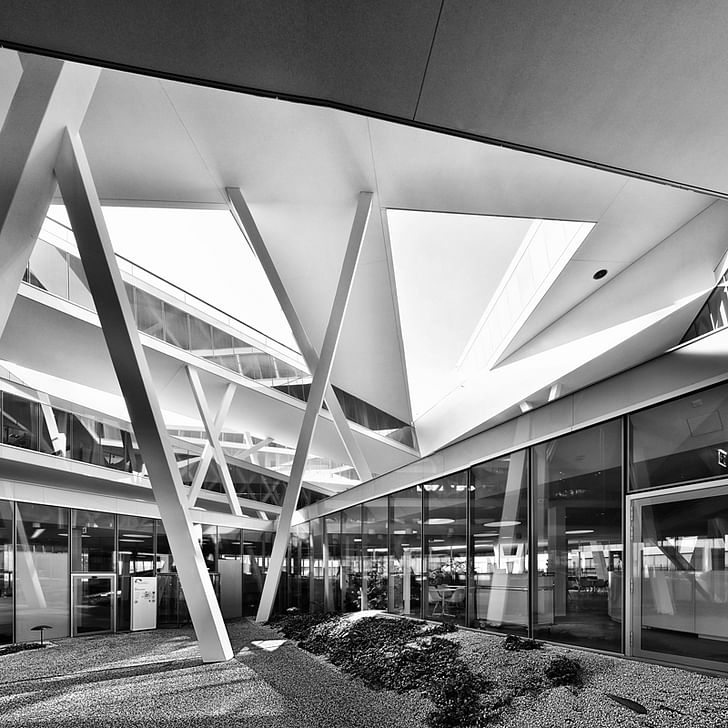
What are your favorite pieces of equipment?
At present I use a Nikon D90 dslr with a Nikkor 18-105 lens, a tripod, neutral density and infrared filters and a laptop with my post-processing software (photoshop, Nik silver efex pro & Topaz Labs plug-ins, Autopano pro, Photomatix). The more I discover post-processing techniques, the more I incorporate them in my work and I find them very useful and creative. This process can also be financially preferable as on-site lighting and other pre-production preparations are expensive and sometimes practically difficult and time-consuming. As most photographers state, it’s not the equipment that make the photographer, and I agree. Of course there are always better and more specialized gear for particular situations but it usually boils down to how best you use what you have, and sometimes such constraints make us more creative. Also from a business point of view it’s sensible to upgrade gear as work grows.
Do you work alone?
I mostly work alone. With the type of photography I do, there is rarely a need for team work. It requires a kind of passion and perseverance that is quite personal. A few times I did photo-shoots with fellow photographers though, it was a positive experience and I enjoyed the collaborative results.
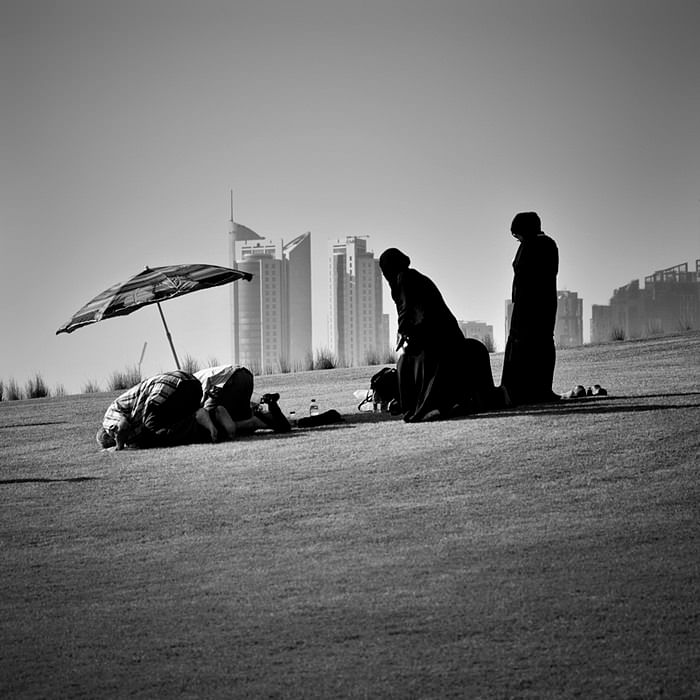
How do you feel about seeing your photographs on blogs and websites?
Blogs and websites have become one of the main avenues for our work to reach the public, potential clients and specific interest groups. I enjoy sharing my work online and receiving viewers’ impressions and feedback. With the big shift from print to online media, the majority of the usage nowadays is in digital form. I have learned a lot from studying many fellow photographers that I wouldn’t have found if their work was not online.
I also think part of our work is cultivating a better understanding of this medium for the general public, especially in this era of market over-saturation.I am also a fan of curated galleries (like ArtLimited.net, 1x.com, and others) as it gives the opportunity to people from all over the world to participate and engage in this medium, taking the traditional gallery experience in new levels. I do enjoy print versions though a great deal, and visit exhibitions when I can. I have created two versions of a portfolio book with blurb and a few other print products like calendars and agendas mostly for the pleasure of having the images viewed as prints but also as an exercise of getting into the editorial mindset.
I recently started collaborating with arcspace.com as photo editor of ‘The Camera’ section, dedicated to professional architectural photography as well as fine art related to the built environment. We will be presenting exclusive Q&A along with their work, and opening up the discussion around the relationship between architects and photographers, between commercial and fine art works, and other aspects unique and related to each featured guest.
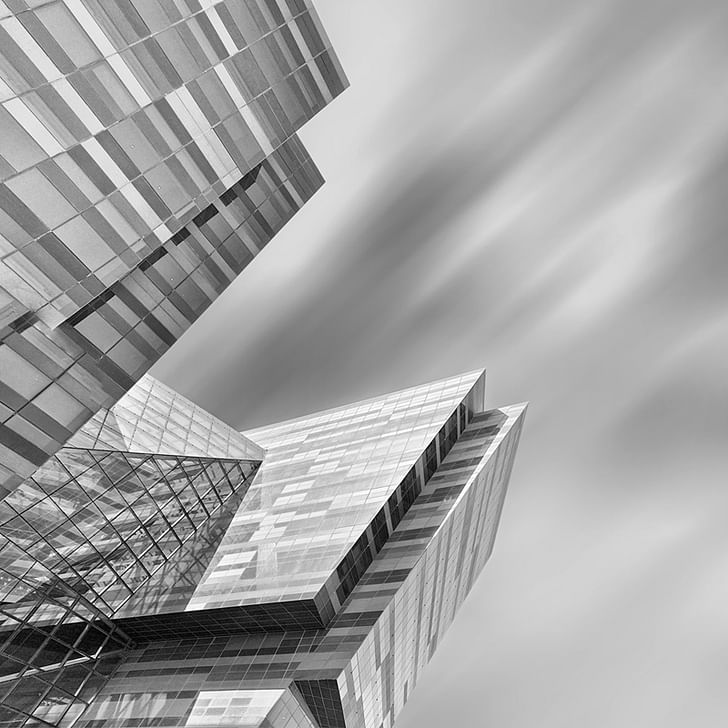
Pygmalion Karatzas -- Bio:
Pygmalion Karatzas was born in Greece in 1973. He studied architecture in Budapest, urban design in Edinburgh, and ecovillage design education at Findhorn. He’s been working as a freelance architect and through collaborations from Greece and abroad since 1999.
A self-taught photographer doing fine art and commercial photography, he explores various photographic genres like architecture, landscape, street, long exposure, panoramic, travel, and time lapse. Featured in online curated galleries and fine art magazines, Karatzas was honored to be among ‘the grand & prestigious photographers of 2013 featured with 121clicks.com’ and commended at the 2014 Sony World Photography Awards at the Open/Architecture category.
Karatzas collaborates with architectural e-zines like e-architect.co.uk, greekarchitects.gr and as the photo editor of ‘The Camera’ section of arcspace.com. His on-going research is towards an integral approach to architecture, sustainability and art.
Former Managing Editor and Podcast Co-Producer for Archinect. I write, go to the movies, walk around and listen to the radio. My interests revolve around cognitive urban theory, psycholinguistics and food.Currently freelancing. Be in touch through longhyphen@gmail.com
No Comments
Block this user
Are you sure you want to block this user and hide all related comments throughout the site?
Archinect
This is your first comment on Archinect. Your comment will be visible once approved.